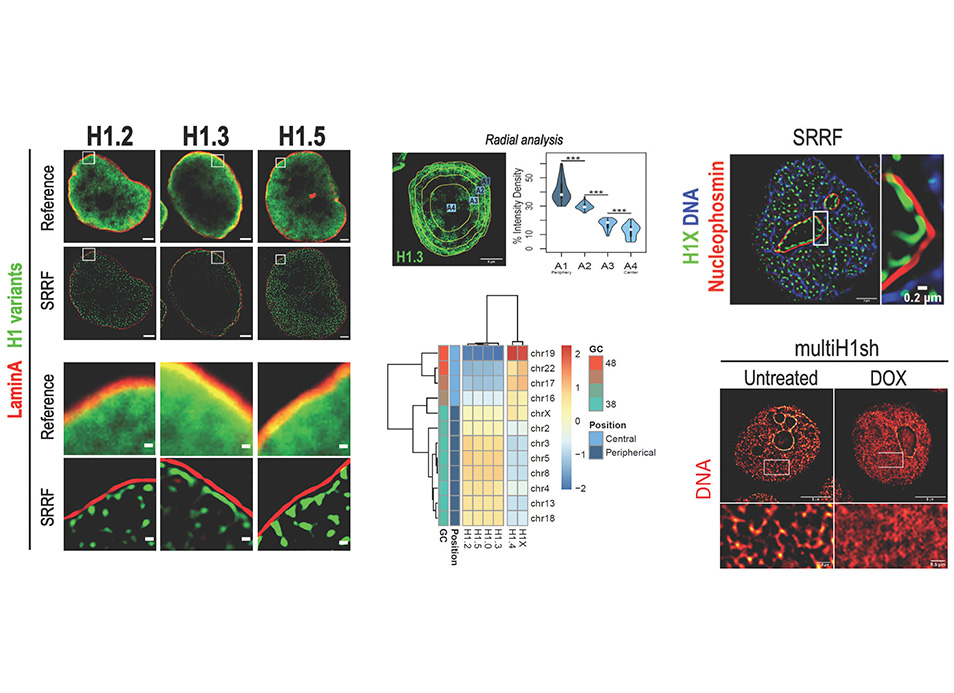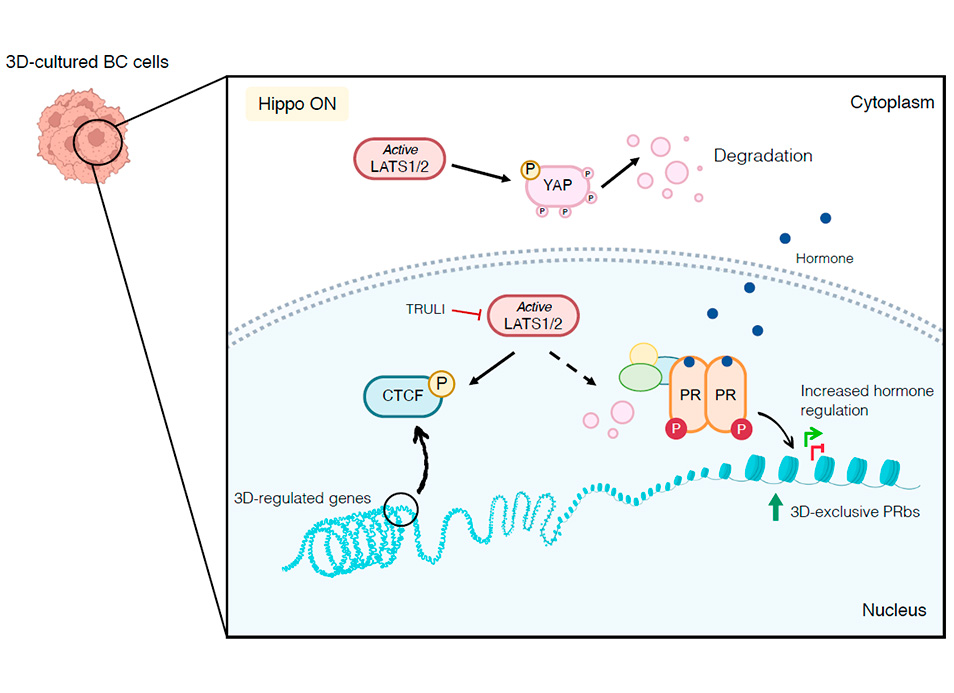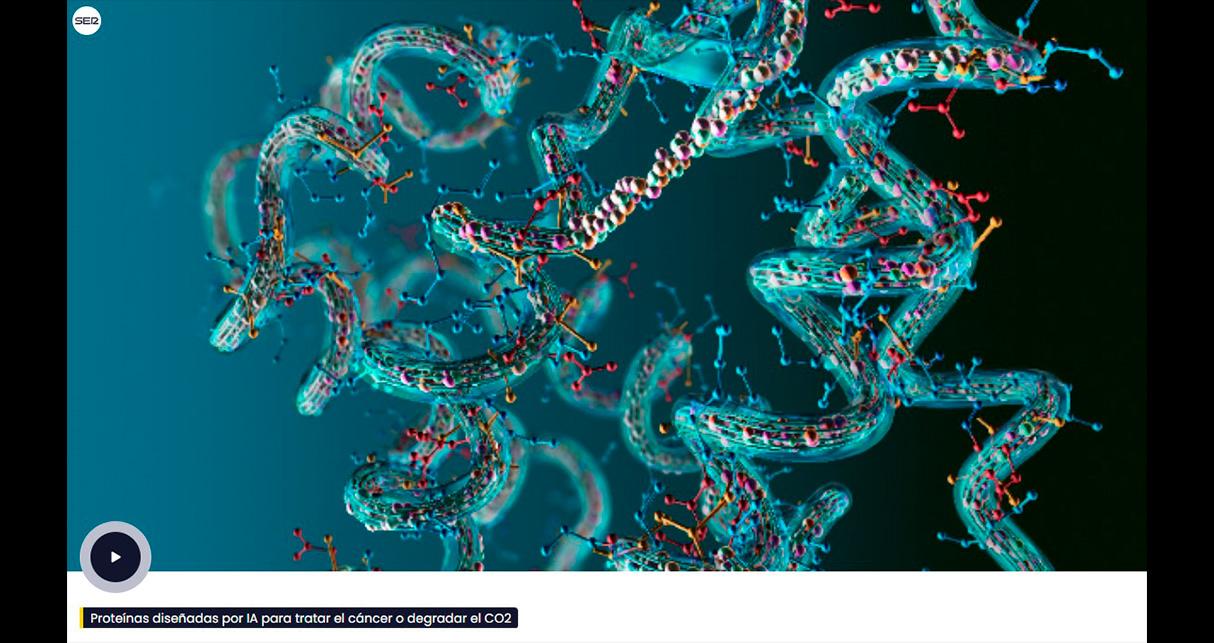New publication in eLife of the Jordan Lab in collaboration with the IBMB Imaging Platform showing that…
Deciphered the first level of DNA folding
DNA topology team from the Structural Biology Unit of the Institute of Molecular Biology of Barcelona has solved the so-called “paradox of the nucleosomal DNA linking number”. They have been able to show that the theory described about how DNA is packaged in our cells was true. The solution to this problem, which has been the subject of debate for more than 3 decades, has been published in the journal Nature Communications.
“What had been described theoretically did not coincide with the results obtained so far. We have applied a new strategy to calculate with great precision the number of double helix crosslinks in the nucleosomes under physiological conditions “, explains Prof. Joaquim Roca, principal investigator of the group. “We have examined the topology of more than 1000 nucleosomes within the cell. The new methodology has allowed us to discover a different value for the number of cross-links from that which had been assumed as correct in previous studies”says Joana Segura, first author of the project.
The nucleosome is a complex of DNA and histone proteins, which constitutes the first degree of DNA packaging within the cell. In each nucleosome, about 146 base pairs of DNA envelop an octamer of histones. The distribution of this structure over thousands or millions of DNA base pairs generates a fiber similar to a string of beads. The folding of DNA in nucleosomes allows to reduce more than four times the length of the DNA molecules and make them in turn much more flexible, which is fundamental so that they can be organized into chromosomes and distributed in an orderly manner within the cell nucleus.
The new value obtained in the DNA Topology laboratory solves the “linking number paradox” of the DNA packaging. At the same time, it deciphers the first level of DNA folding, which is the molecule that contains all our genetic information. This advance put new bases to the study on how DNA is packaged in order to store all the information necessary for life within a space as small as the cell nucleus.
The linking number paradox
The paradox refers to an incongruity in the way in which DNA is folded to form nucleosomes, which are the structural and fundamental unit of chromosomes. The deformation of the DNA when forming a nucleosome was defined by 3 parameters and are related by an equation: the number of turns given by the DNA on the histone octahedron, the degree of torsion acquired by the double helix and the number of times the two chains of DNA cross each other. Each of these parameters had been calculated independently throughout numerous studies conducted since the 1980s.
In all cases, it was observed that the number of crosslinks of the double helix in one nucleosome was incongruent with the rest of the values of the equation. “This problem, known as the paradox of the nucleosomal DNA linking number, meant that we really did not yet fully understand how the DNA is packaged inside the cell, not even at its most elementary level,” says Prof. Joaquim Roca.



